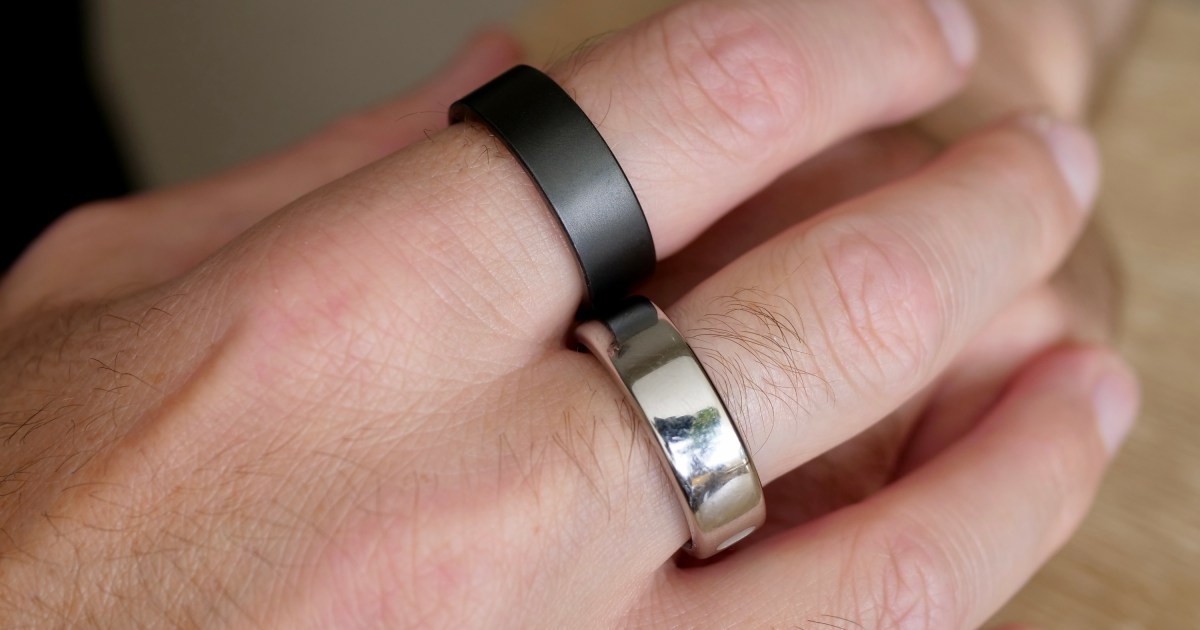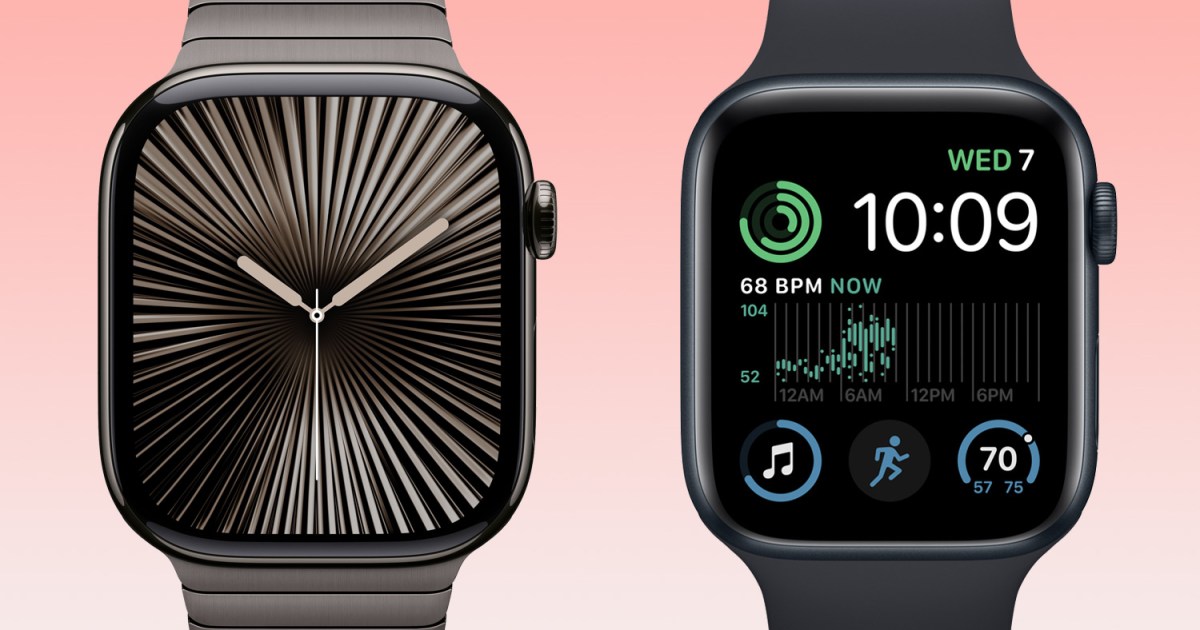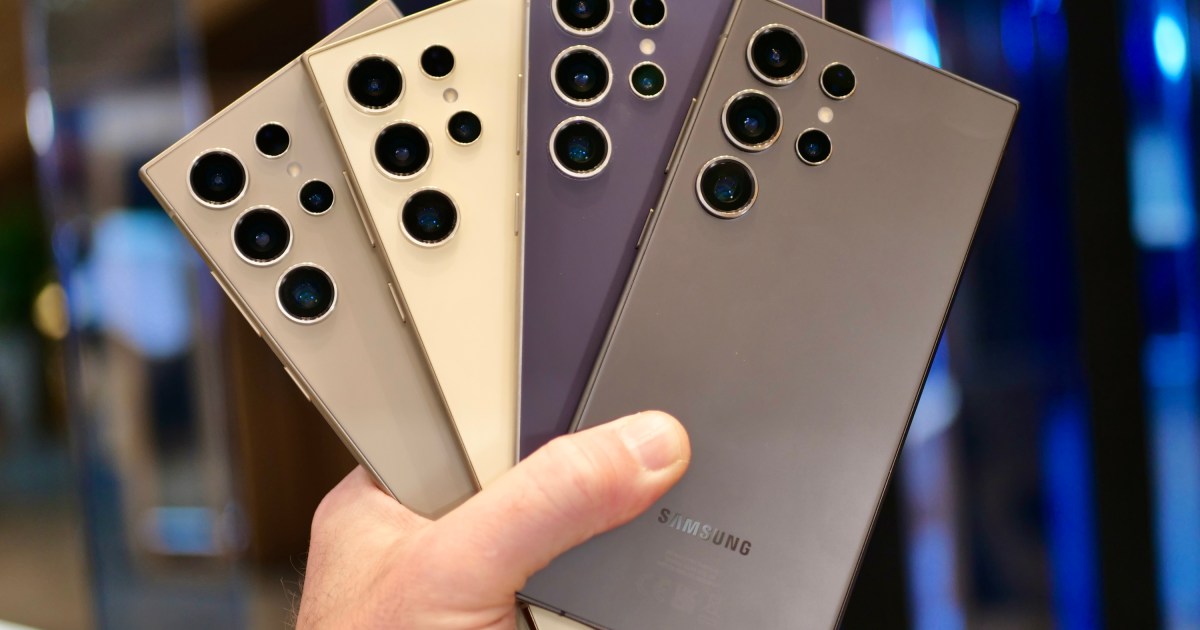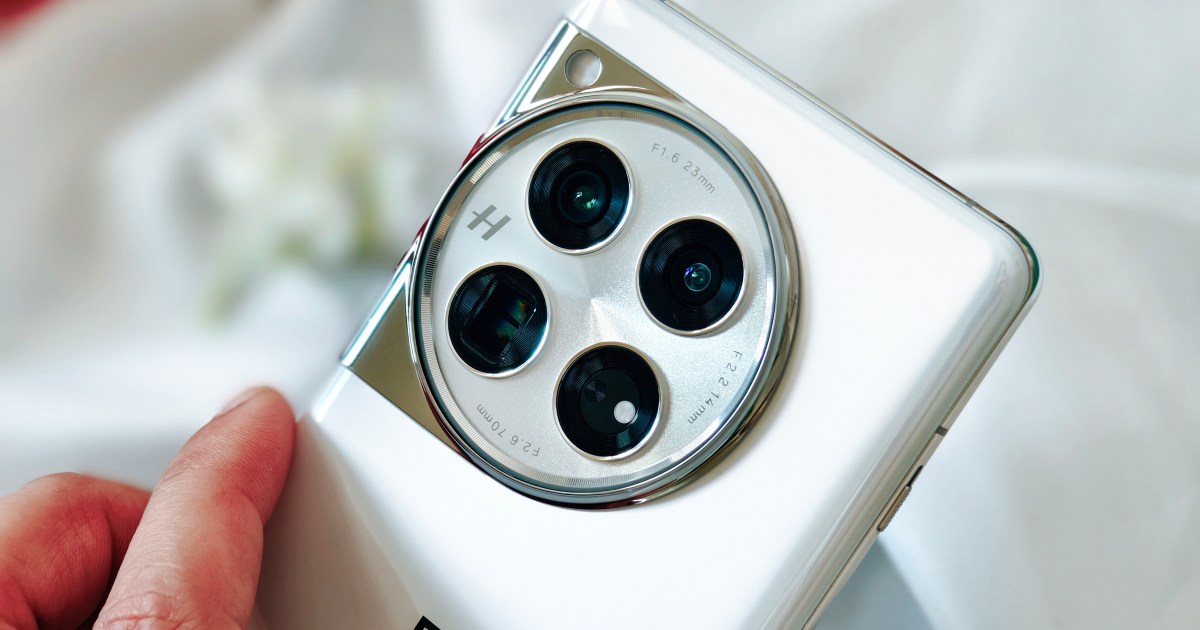Smart rings offer a discreet yet stylish way to track health and fitness. I’ve worn both the Oura Ring and the Ultrahuman Ring Air for an extended period, providing a unique perspective on their strengths and weaknesses. This comparison will help you decide which smart ring is the right fit for your lifestyle.
Comfort and Design: A Subtle Difference
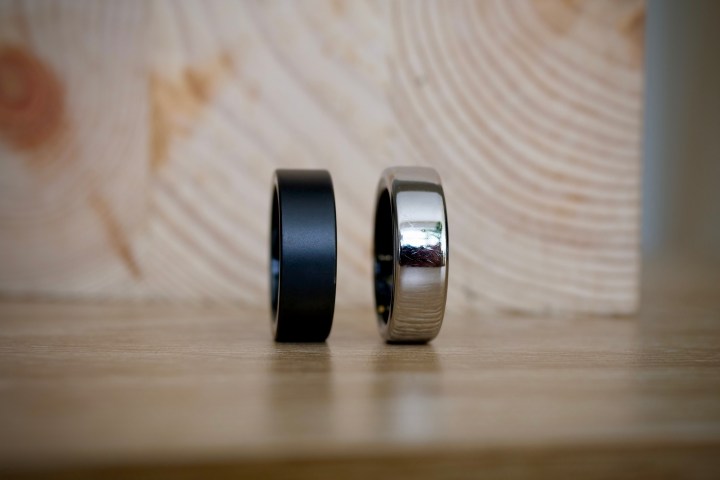
The Oura Ring’s smooth edges and slim profile make it noticeably more comfortable. While the Ultrahuman Ring Air isn’t uncomfortable, its slightly wider design and squared edges are more perceptible on your finger. After prolonged wear, the Ultrahuman Ring Air caused slight rubbing on my finger, an issue not experienced with the Oura Ring. Both rings employ different methods for sensor contact: the Oura Ring uses small nubs, while the Ultrahuman Ring Air has a flat, raised section.
In terms of aesthetics, the Oura Ring offers more options with its Horizon and Heritage designs, available in various finishes like silver, black, Stealth, and gold. The Ultrahuman Ring Air currently offers Matte Black and Aster Black, with a silver finish planned for the future. While both rings are durable, the Oura Ring’s refined design gives it a more jewelry-like appearance.
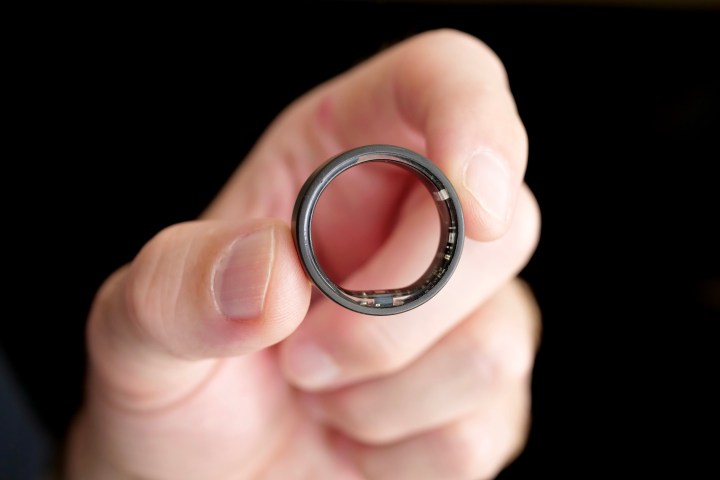
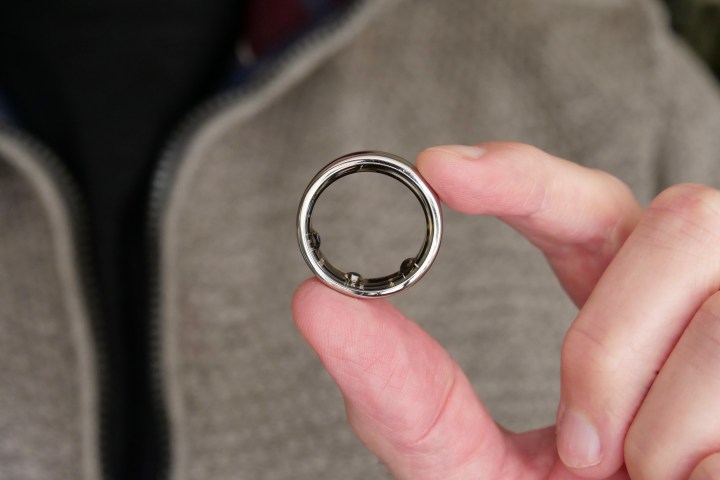
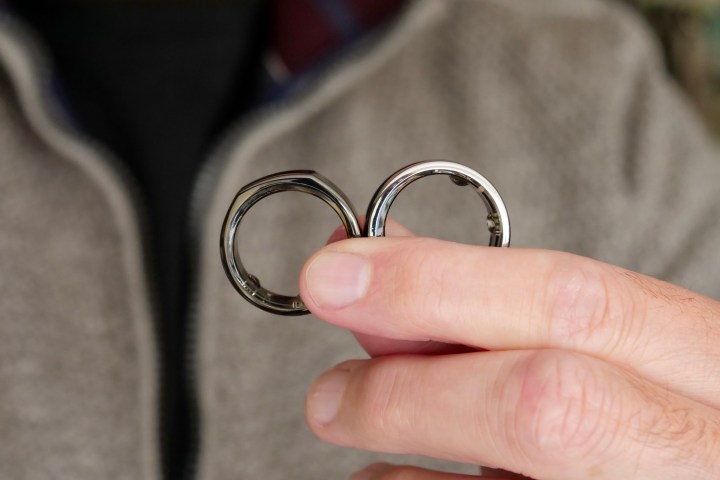
Activity Tracking: Passive vs. Active
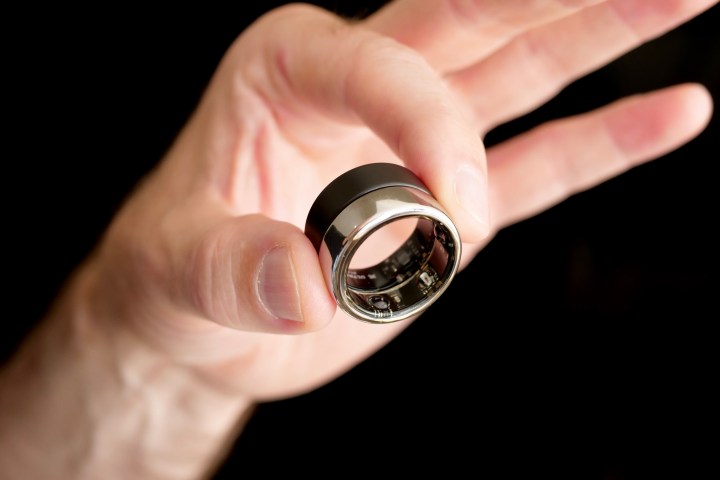
Both rings excel at sleep tracking, providing similar data and sleep scores. However, the Ultrahuman Ring Air often records a higher average heart rate. In activity tracking, the Ultrahuman Ring Air supports a wider range of exercises, requiring manual input for each activity. The Oura Ring automatically detects walking and running, making it more convenient for everyday tracking.
During a comparison walk, the Ultrahuman Ring Air reported a significantly higher heart rate and calorie burn compared to the Oura Ring and a Mobvoi Ticwatch Pro 5 smartwatch. While the Ultrahuman Ring Air offers more comprehensive fitness tracking, a dedicated smartwatch might be preferable for serious athletes.
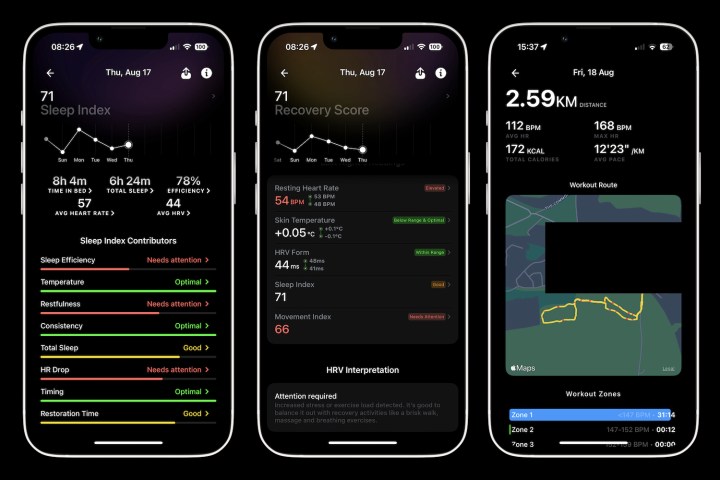
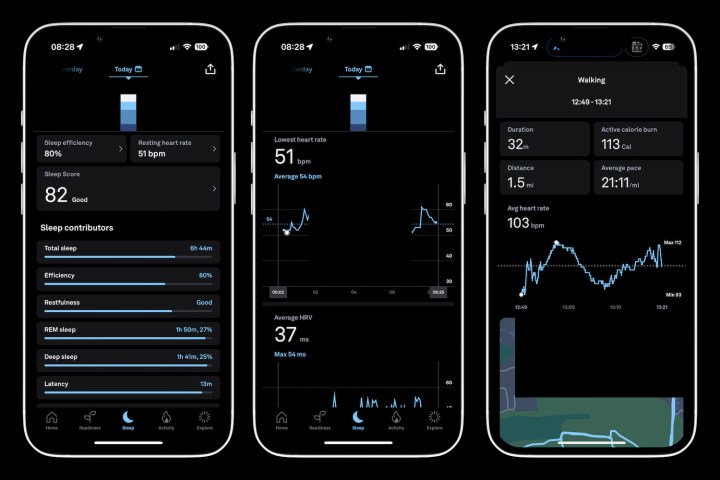
Value and Features: Subscription vs. Free
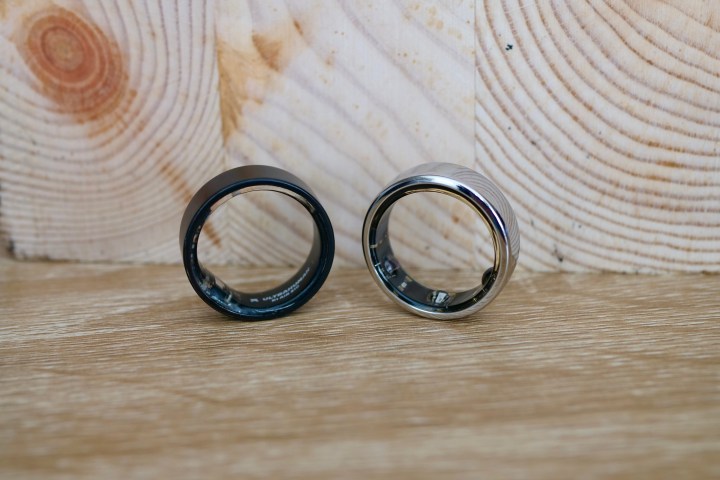
The Oura Ring requires a monthly subscription, while the Ultrahuman Ring Air is subscription-free. However, the Oura Ring offers valuable features like integration with the Natural Cycles fertility app and partnerships with Therabody. Both rings provide guided meditations and relaxation sessions, although the Oura Ring’s integration with its sensors provides post-session feedback.
The Oura Ring’s app is more user-friendly and intuitive than the Ultrahuman app. While the subscription cost might be a deterrent, the Oura Ring offers a more polished and valuable overall experience. Both rings are similarly priced, with the Oura Ring ranging from $299 to $549 and the Ultrahuman Ring Air at $349.
The Verdict: Choosing the Right Ring for You
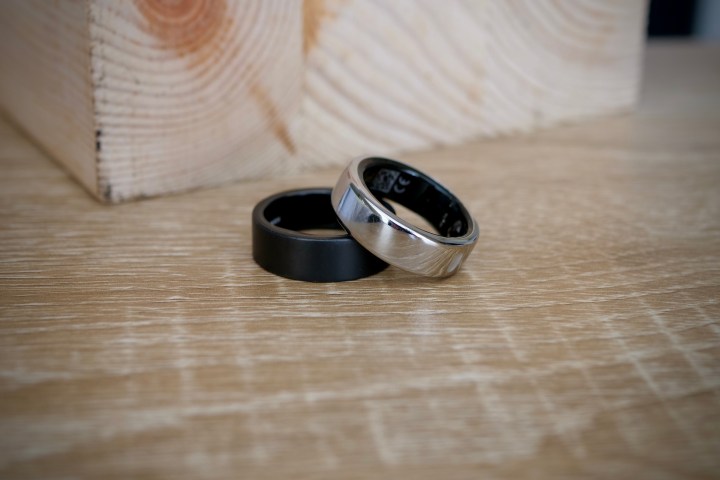
The Oura Ring is a more lifestyle-focused device, prioritizing comfort, design, and personalized insights. The Ultrahuman Ring Air caters to a more performance-driven user, with extensive fitness tracking capabilities.
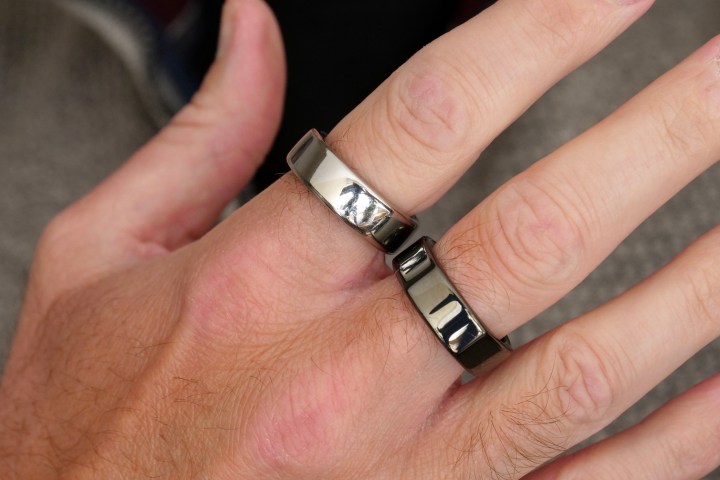
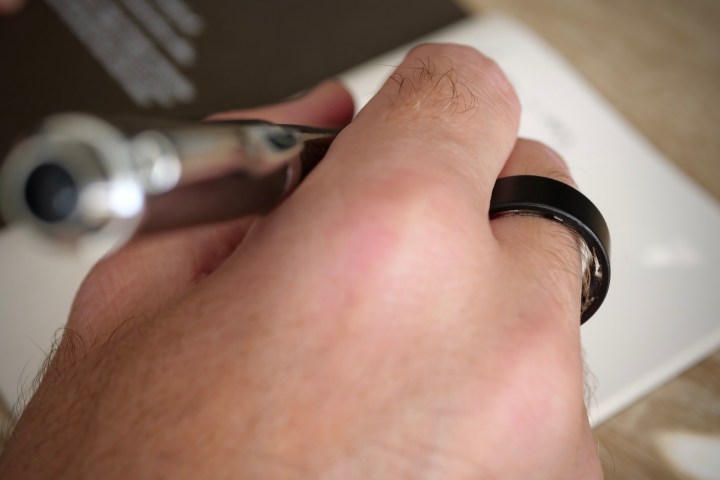
Ultimately, the best smart ring depends on your individual needs and preferences. If you prioritize a comfortable, stylish design and holistic health tracking, the Oura Ring is an excellent choice. If you’re a fitness enthusiast seeking detailed workout data, the Ultrahuman Ring Air might be a better fit.



